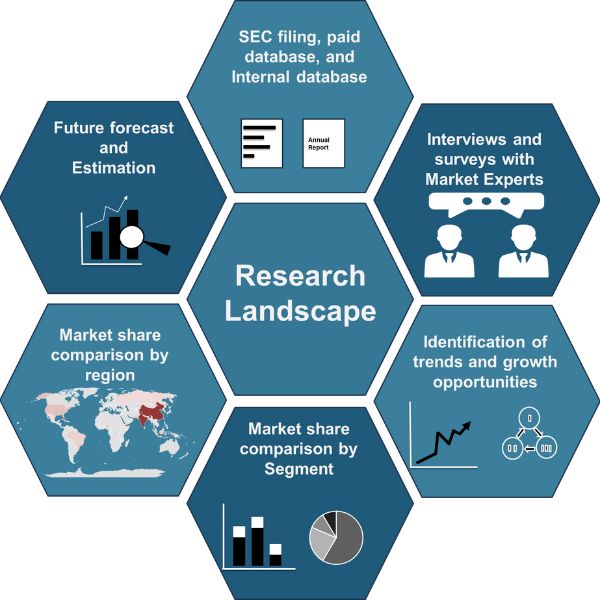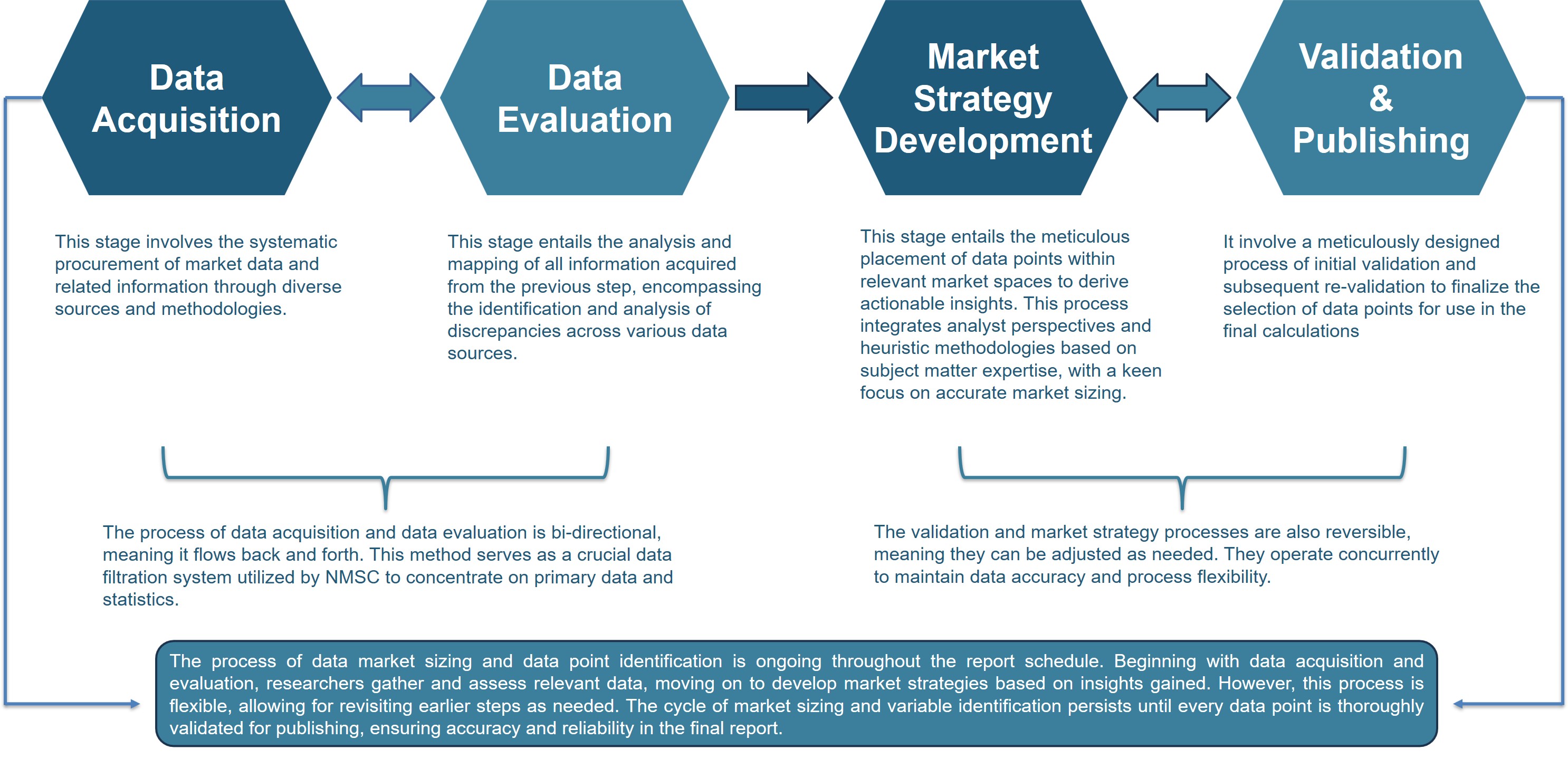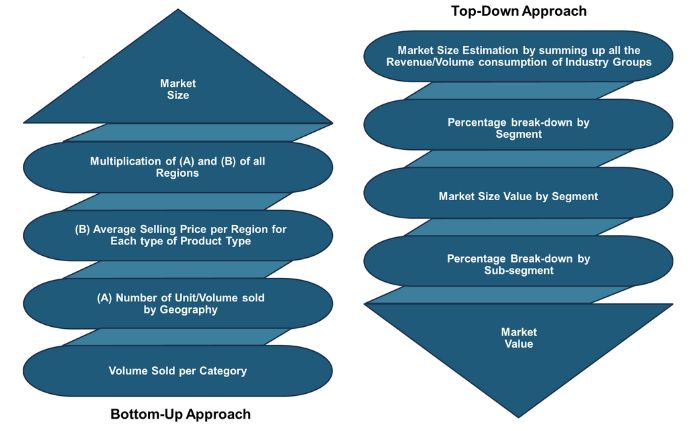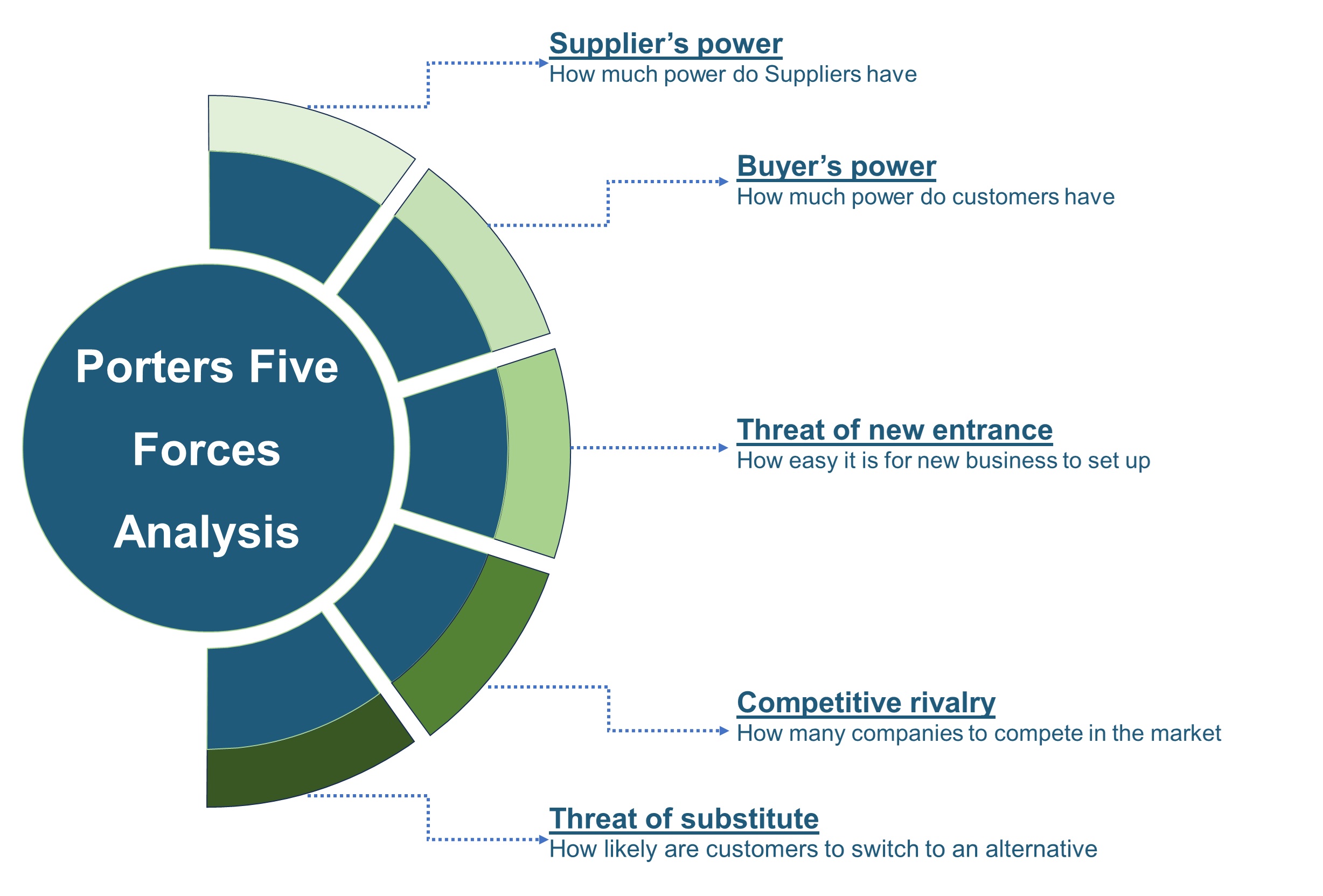
Next Generation Wireless Network Market by Product (Virtualized-RAN, Multi-User MIMO, and Multi-Access Edge Computing), by Type (Fixed, Mobile, Portable, and Infrared radiation (IR) Wireless), by Technology (Wireless LAN, 3G, 4G LTE, and 5G), and by End User (Telecommunication, Consumer Electronics, Manufacturing, Aerospace and Defense, and Others) – Global Opportunity Analysis and Industry Forecast, 2025-2030
Next Generation Wireless Network Market Overview
The Next Generation Wireless Network Market size was valued at USD 35.29 billion in 2024 and is predicted to reach USD 87.43 billion by 2030 with a CAGR of 16.5% from 2025 to 2030.
The next-generation wireless network market focuses on advanced communication technologies that deliver faster speeds, lower latency, and higher connectivity for devices. These networks, such as 5G and beyond, operate using enhanced wireless protocols, dense small cell deployments, and spectrum optimization to improve data transmission and network reliability.
They enable seamless communication for applications such as IoT, smart cities, autonomous vehicles, industrial automation, and immersive experiences such as augmented reality (AR) and virtual reality (VR). The key benefits include faster data transfer rates, robust connectivity for massive device integration, and efficient energy use.
Compared to traditional wireless technologies, next-generation networks offer superior bandwidth, scalability, and adaptability, making them crucial for advancing digital transformation and supporting the increasing demands of a hyper-connected world.
Market Dynamics and Trends
The expansion of the telecommunication sector significantly influences the growth of next-generation wireless networks by driving the need for advanced connectivity solutions. As telecom companies invest in infrastructure upgrades to meet the growing demand for high-speed internet, low latency, and increased bandwidth, the adoption of technologies such as 5G and beyond accelerates.
As per the latest report of the World Economic Forum, the global telecommunication market valued at USD 1.81 trillion in 2022 and is expected to reach USD 2.65 trillion by 2030, reflecting a rise of 46.4% within 8 Years.
Moreover, the rapid rise in internet usage is significantly boosting the demand for next-generation wireless networks. As more devices connect to the internet, there is a growing need for faster, more reliable, and scalable connectivity solutions.
This surge in internet consumption directly supports the adoption of advanced wireless technologies including 5G, propelling the next generation wireless network market growth. According to International Telecommunication Union, the global internet use increased from 227 million individuals in 2023 to 5.5 billion in 2024.
Furthermore, rising investments in networking and communication infrastructure is driving the growth of the next-generation wireless network market by accelerating the deployment of advanced technologies and infrastructure.
These investments enhance network performance, capacity, and coverage, enabling seamless connectivity for applications such as IoT, smart cities, autonomous vehicles, and industrial automation.
According to the report published by IEA in 2022, the global investment in networking and communication increased from USD 8.00 billion in 2020 to USD 9.00 billion in 2022, marking a rise of 12.5% in 2 years.
However, the deployment of next-generation wireless networks requires significant investments in infrastructure, including upgrading existing network equipment and building new infrastructure. These expenses impose significant financial burdens on network operators, necessitating long-term capital commitments restraining the next generation wireless network market expansion.
On the other hand, the integration of artificial intelligence (AI) in next generation wireless network market is expected to create ample growth opportunity for the market in the future. AI enhance network optimization, improve resource management, and predict potential issues, leading to more efficient and reliable connectivity.
AI-driven systems can support the growing demand for data processing, security, and automation across industries, enabling smoother communication in applications such as IoT, autonomous vehicles, and smart cities. This technological advancement will play a critical role in shaping the future of wireless networks.
Market Segmentations and Scope of the Study
The next generation wireless network market report is segmented on the basis of product, type, component, technology, and end-user. On the basis of product, the market is categorized into virtualized-RAN, multi-user MIMO, and multi-access edge computing. On the basis of type, the market is divided into fixed, mobile, portable, and infrared radiation (IR) wireless. On the basis of component, the market is segmented into hardware and software. On the basis of technology, the market is classified into wireless LAN, 3G, 4G LTE, and 5G. On the basis of end-user, the market is categorized into telecommunication, consumer electronics, manufacturing, aerospace and defense, and others. Regional breakdown and analysis of each of the aforesaid segments include regions comprising North America, Europe, Asia-Pacific, and Row.
Geographical Analysis
North America dominates the next generation wireless network market share and is expected to continue its dominance during the forecast period. This is attributed to increasing military expenditure that drives demand for advanced communication systems crucial for defense operations. As military budgets increase, governments focus on upgrading defense infrastructure with high-speed, secure wireless networks crucial for real-time communication, surveillance, and operational coordination.
According to the latest data of the World Bank Group, the U.S. military expenditure increased from USD 682.4 million in 2018 to USD 876.9 million in 2022, showing a rise of 28.5%. Consequently, this surge in military spending accelerates the development and deployment of advanced wireless communication networks to meet the growing needs of modern defense systems.
Moreover, the increasing number of 5G connections is driving the growth of the next-generation wireless network market by enabling faster data transmission, lower latency, and enhanced network reliability.
As 5G adoption accelerates across industries and consumer applications, it supports advanced technologies such as IoT, autonomous systems, and smart cities, creating substantial demand for robust wireless network infrastructure. According to the report of 5G Americas, 5G connection in North America accounted for 32% of all wireless cellular connections, with 22 million new connections added that accounted to 220 million in total.
On the other hand, Asia-Pacific is expected to show a steady rise in the next generation wireless network market due to the expansion of the telecommunications sector in India that is increasing demand for faster, more reliable internet services.
As telecom companies invest in advanced infrastructure to support 5G and beyond, the need for enhanced wireless connectivity solutions grows, driving the adoption of next-generation network technologies across the country.
According to the latest report of the India Brand Equity Foundation (IBEF), India’s telecom sector generated a revenue of USD 30.28 billion in 2022 and it reached USD 37.33 billion by 2023, marking 23.3% rise in one year.
Also, the presence of key market players such as Huawei technologies and Quectel Wireless Solution providing next generation wireless network solutions is boosting the growth of the market in the region.
These industry leaders provide front-line solutions, foster innovation, and play a crucial role in advancing network infrastructure, thereby accelerating the adoption of next-generation wireless technologies. For instance, in September 2022, Quectel Wireless Solution launched its new SC680A smart module that features broad connectivity options including LTE Cat 6, Wi-Fi 802.11ac and Bluetooth 5.0 with powerful system performance and rich multimedia functions.
Competitive Landscape
Various market players operating in the next generation wireless network industry includes AT&T Inc., Huawei Technologies, Intel Corporation, Cisco Systems, Qualcomm, IBM Corporation, NEC Group, Netgear, Telefonaktiebolaget LM Ericsson, Quectel Wireless Solution, Microsoft Corporation, Verizon Communications Inc., Deutsche Telekom AG, Telefonica S.A., Broadcom Corporation, and others.
These market players continue to adopt various market development strategies including new launches to maintain their dominance in the market. For instance, in February 2023, IBM Corporation is extending its collaboration with Juniper Networks to bring intelligent automation to radio network solutions. This partnership focuses on integrating IBM’s network automation capabilities with Juniper’s Radio Access Network (RAN) and Open RAN (O-RAN) technologies.
Additionally, in October 2022, Huawei technologies launched All-band 5G series for the development of effective and affordable 5G networks. This All-band 5G series is designed to optimize the capabilities of all bandwidths network and enable in-depth coordination across bandwidths along with minimizing power consumption.
Also, in May 2022, AT&T Inc., launched managed wireless WAN designed to enable businesses detach locations, assets, and facilitating secure connectivity of people.
Key Benefits
-
The report provides quantitative analysis and estimations of the next generation wireless network market from 2025 to 2030, which assists in identifying the prevailing industry opportunities.
-
The study comprises a deep dive analysis of the current and future next generation wireless network market trends to depict prevalent investment pockets in the industry.
-
Information related to key drivers, restraints, and opportunities and their impact on next generation wireless network industry is provided in the report.
-
Competitive analysis of the key players, along with their market share is provided in the report.
-
SWOT analysis and Porters Five Forces model is elaborated on the study.
-
Value chain analysis in the market study provides a clear picture of roles of stakeholders.
Next Generation Wireless Network Market Key Segments
By Product
-
Virtualized-RAN
-
Multi-user MIMO
-
Multi-access edge computing
By Type
-
Fixed
-
Mobile
-
Portable
-
Infrared radiation (IR) Wireless
By Component
-
Hardware
-
Software
By Technology
-
Wireless LAN
-
3G
-
4G LTE
-
5G
By End User
-
Telecommunication
-
Consumer Electronics
-
Manufacturing
-
Aerospace and Defense
-
Others
By Region
-
North America
-
The U.S.
-
Canada
-
Mexico
-
-
Europe
-
The UK
-
Germany
-
France
-
Italy
-
Spain
-
Denmark
-
Netherlands
-
Finland
-
Sweden
-
Norway
-
Russia
-
Rest of Europe
-
-
Asia-Pacific
-
China
-
Japan
-
India
-
South Korea
-
Australia
-
Indonesia
-
Singapore
-
Taiwan
-
Thailand
-
Rest of Asia-Pacific
-
-
RoW
-
Latin America
-
Middle East
-
Africa
-
Key Players
-
AT&T Inc.
-
Huawei Technologies
-
Intel Corporations
-
Cisco Systems
-
Qualcomm
-
IBM Corporations
-
NEC Group
-
Netgear
-
Telefonaktiebolaget LM Ericsson
-
Quectel Wireless Solution
-
Microsoft Corporation
-
Verizon Communications Inc.
-
Deutsche Telekom AG
-
Telefonica S.A.
-
Broadcom Corporation
REPORT SCOPE AND SEGMENTATION:
|
Parameters |
Details |
|
Market Size in 2024 |
USD 35.29 Billion |
|
Revenue Forecast in 2030 |
USD 87.43 Billion |
|
Growth Rate |
CAGR of 16.5% from 2025 to 2030 |
|
Analysis Period |
2024–2030 |
|
Base Year Considered |
2024 |
|
Forecast Period |
2025–2030 |
|
Market Size Estimation |
Billion (USD) |
|
Growth Factors |
|
|
Countries Covered |
28 |
|
Companies Profiled |
15 |
|
Market Share |
Available for 10 companies |
|
Customization Scope |
Free customization (equivalent up to 80 working hours of analysts) after purchase. Addition or alteration to country, regional, and segment scope. |
|
Pricing and Purchase Options |
Avail customized purchase options to meet your exact research needs. |

















 Speak to Our Analyst
Speak to Our Analyst

















